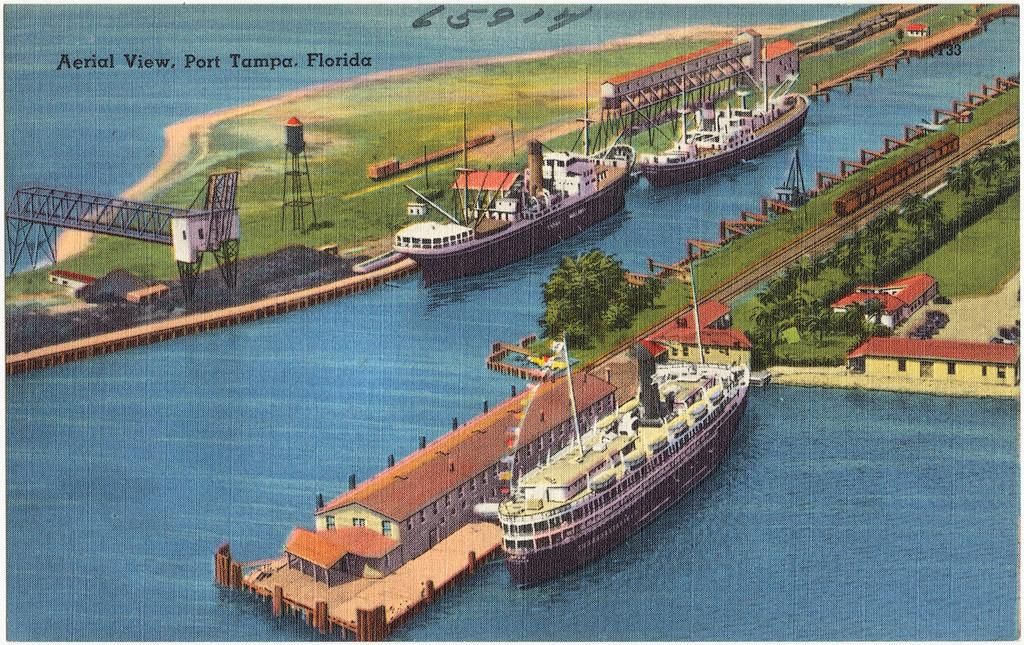Possible 20th-Century Black Cemetery Found Beneath Florida Military Base
Opened in 1941, the MacDill Air Force Base was built over a graveyard where at least 38 people were buried
/https://tf-cmsv2-smithsonianmag-media.s3.amazonaws.com/filer/2c/73/2c733ea7-ed4c-46a8-a442-e72ba921f203/macdill.jpg)
Archaeologists surveying the MacDill Air Force Base in Tampa with ground-penetrating radar (GPR) have identified what appears to be a lost black cemetery dated to the early 20th century, reports Paul Guzzo for the Tampa Bay Times.
In a report shared with MacDill and the NAACP Hillsborough County, researchers write that they’ve found death certificates indicating at least 38 people, including 12 stillborn infants, were buried in the Port Tampa Cemetery for Blacks prior to 1941, when the base opened. A Works Progress Administration (WPA) report written in the 1930s describes the graveyard’s location. No records of the bodies being moved exist.
As Emerald Morrow reported for 10News WTSP last November, some local residents recall the cemetery being destroyed to make way for the base. One anonymous woman described seeing a baby being buried at the graveyard: “It was in my mother’s hands and she picked it up,” the individual said. “I remember the little white dress. .... I don't think it had any shoes on, but it had a pretty little white dress on.”
The WPA report identifies the cemetery’s location in relation to local streets. When the archaeological team used GPR in the area referenced, they found what looked like possible burial sites.
“While these anomalies were not clustered or arranged in patterns typically seen in historic cemeteries, their spacing is consistent with the use of an area as an expedient informal burial ground, where intermittent burials took place and where individual burials would not be in family groups or arranged in obvious rows,” the researchers note in the new report.
MacDill announced plans to search for the cemetery last December. Officials recruited the San Antonio–based Air Force Civil Engineering Center, which has “extensive experience finding burial sites,” to assist, wrote Morrow for 10News WTSP at the time. The local news station found death certificates and newspaper stories about the cemetery dating back to as early as 1902.

The building of the base over the cemetery site took place in an era when racial discrimination was a powerful force in the military. As the Tampa Bay Times’ Guzzo explained in a February article drawing on research by University of South Florida historian Gary Mormino, officials during World War II told incoming black soldiers at the base that they had to confine themselves to a “black district” in a certain section of Tampa.
Conflicts between black service members and white locals and military members were common. In 1945, German prisoners of war working as cooks at MacDill threatened to stop working unless injured black soldiers were moved from the mess hall. The federal government ordered the base’s commanders to comply with the demand.
Mormino told the Times that Tampa was eager to build the military base partly as a means of economic revival.
“MacDill’s announcement in the late 1930s came at a time when the cigar industry was slumping and would never recover the eminence it once held,” he said. “The Great Depression continued to haunt Florida in general and Tampa in particular. A black cemetery was not an obstacle.”
The Port Tampa Cemetery is one of five black cemeteries found in the Tampa Bay area over the past 18 months. Among them is Ridgewood Cemetery, located on the modern-day campus of Tampa’s King High School. Last year, researchers found 145 unmarked graves of impoverished or unknown people buried at the site, according to the Times. Records show that a total of 250 to 268 people, almost all of them black, were buried on what is now the school’s grounds.
The fact that many black cemeteries have been neglected or “lost” to time is a reflection of systemic racism. During the Reconstruction era, Jim Crow laws effectively barred black people from owning property—a restriction that forced African American people out of neighborhoods where they had lived for generations.
As Morrow explains in another 10News WTSP article, “At the time, racism and segregation meant African Americans lacked the political and economic power to hold onto their property and sacred institutions like cemeteries. And it’s the buildup of these injustices over time that have led to outrage in the black community today.”
Tampa teachers and school officials are working to incorporate information about the rediscovered cemeteries, as well as other local graveyards, into their curriculum.
“It is a great idea,” Anne Dabbs—president of the Rose Cemetery Association, which maintains an active historically black cemetery in Tarpon Springs, Florida—tells the Times. “Let the people know our history because so much of our black history has been depressed, ignored and forgotten. This is a start.”
/https://tf-cmsv2-smithsonianmag-media.s3.amazonaws.com/accounts/headshot/Livia_lg_thumbnail.png)
/https://tf-cmsv2-smithsonianmag-media.s3.amazonaws.com/accounts/headshot/Livia_lg_thumbnail.png)